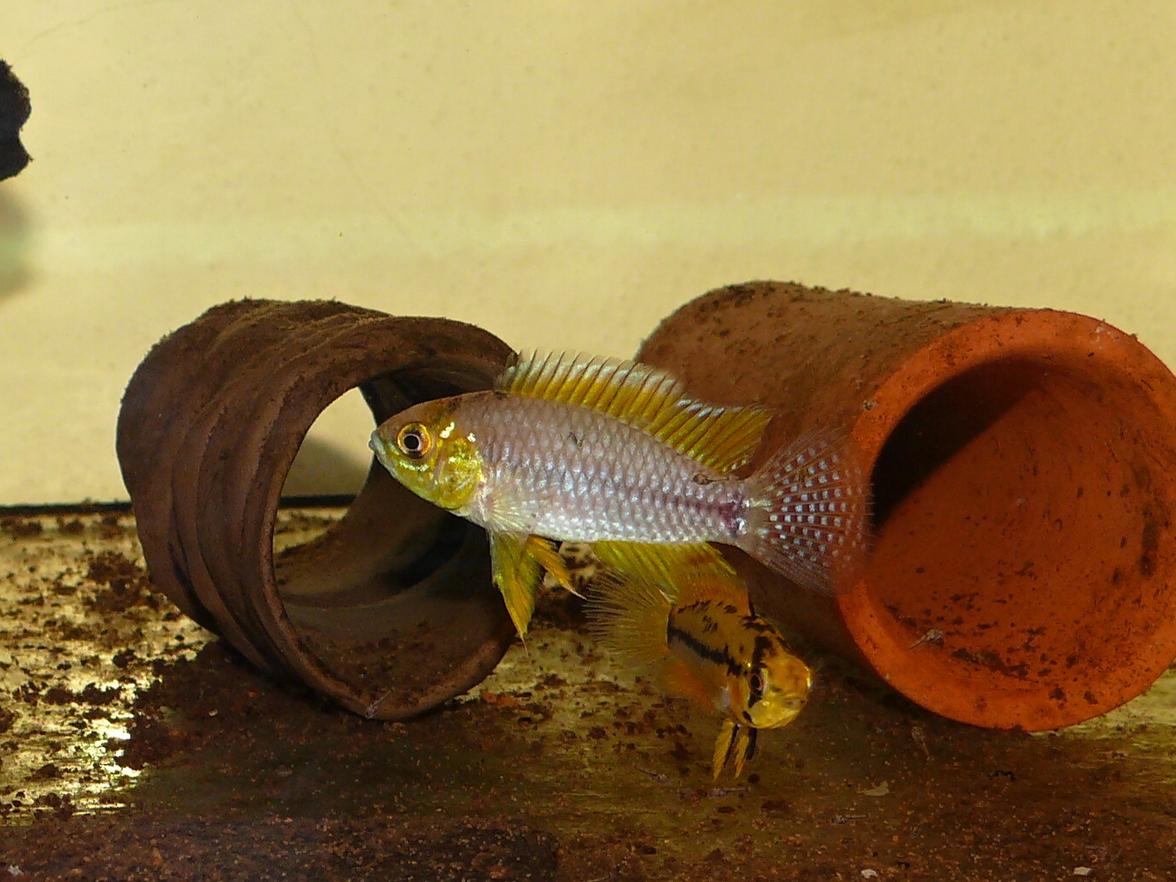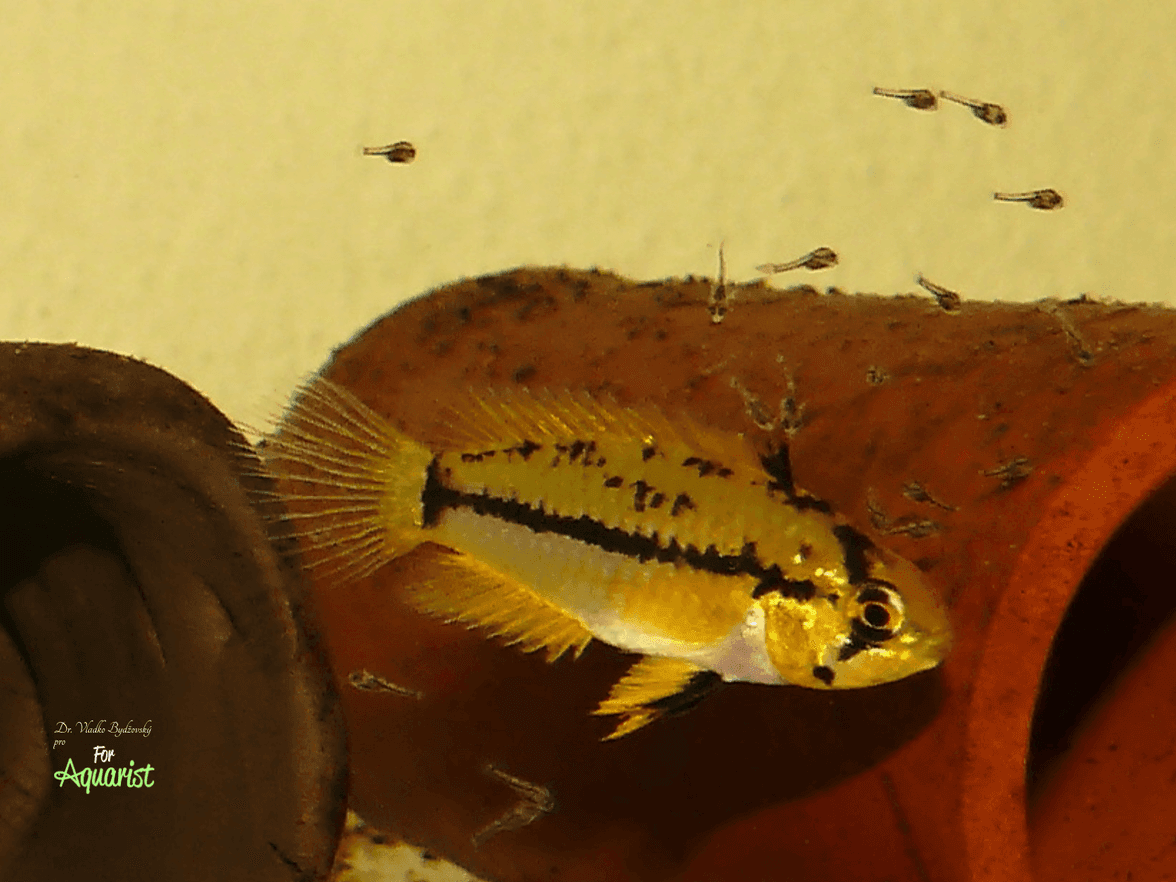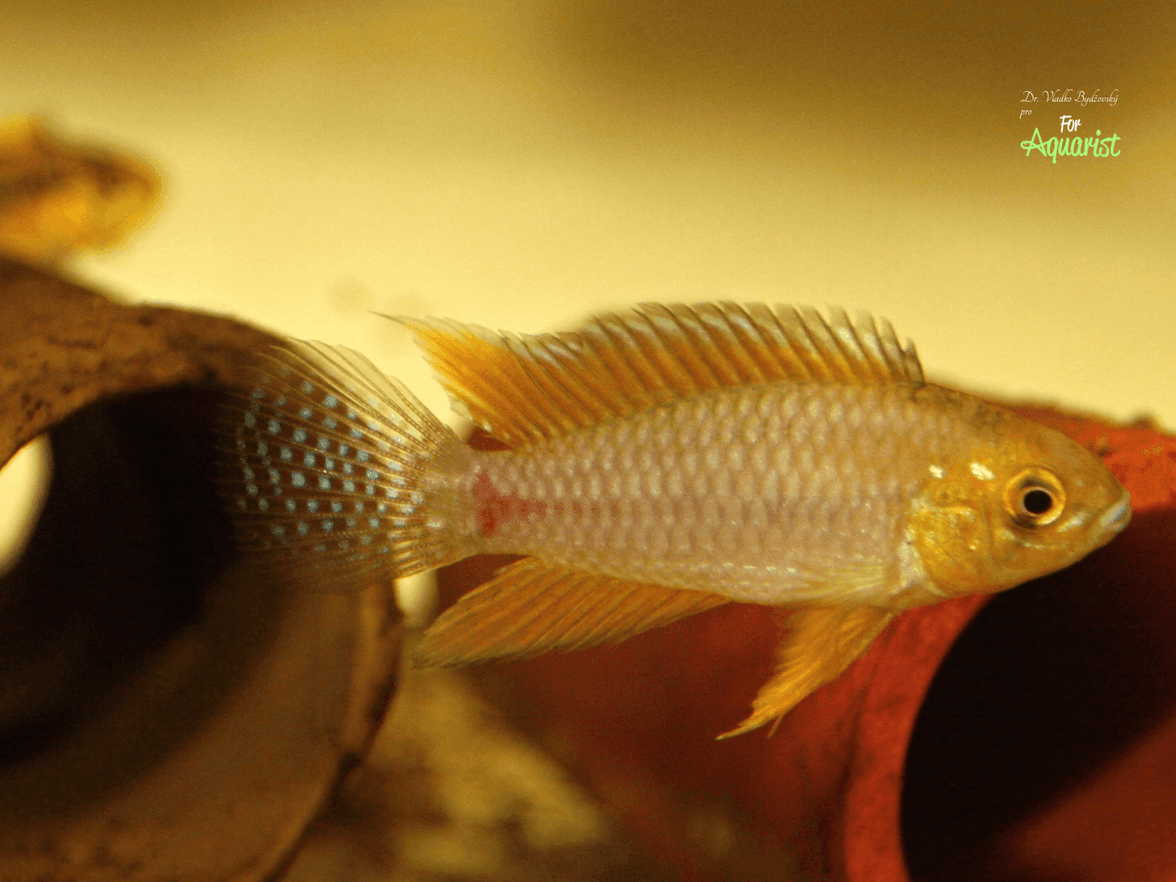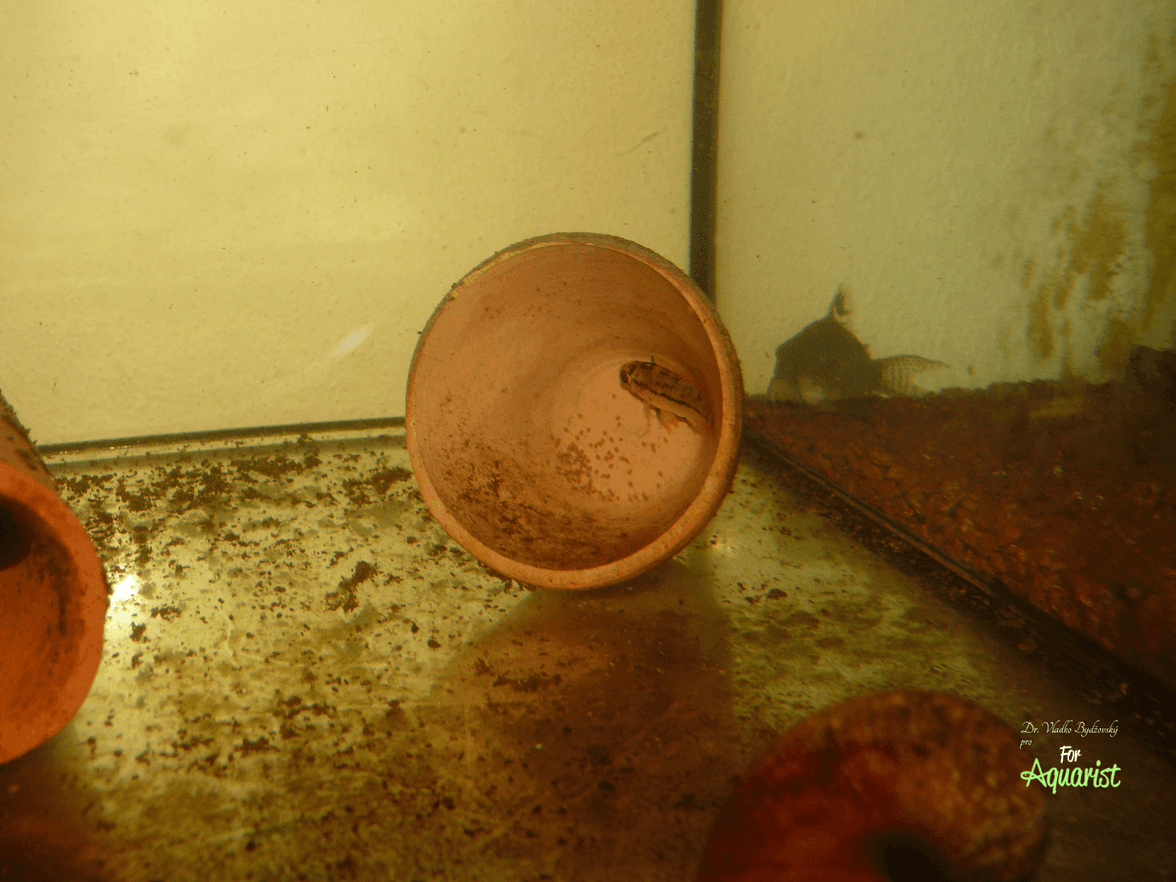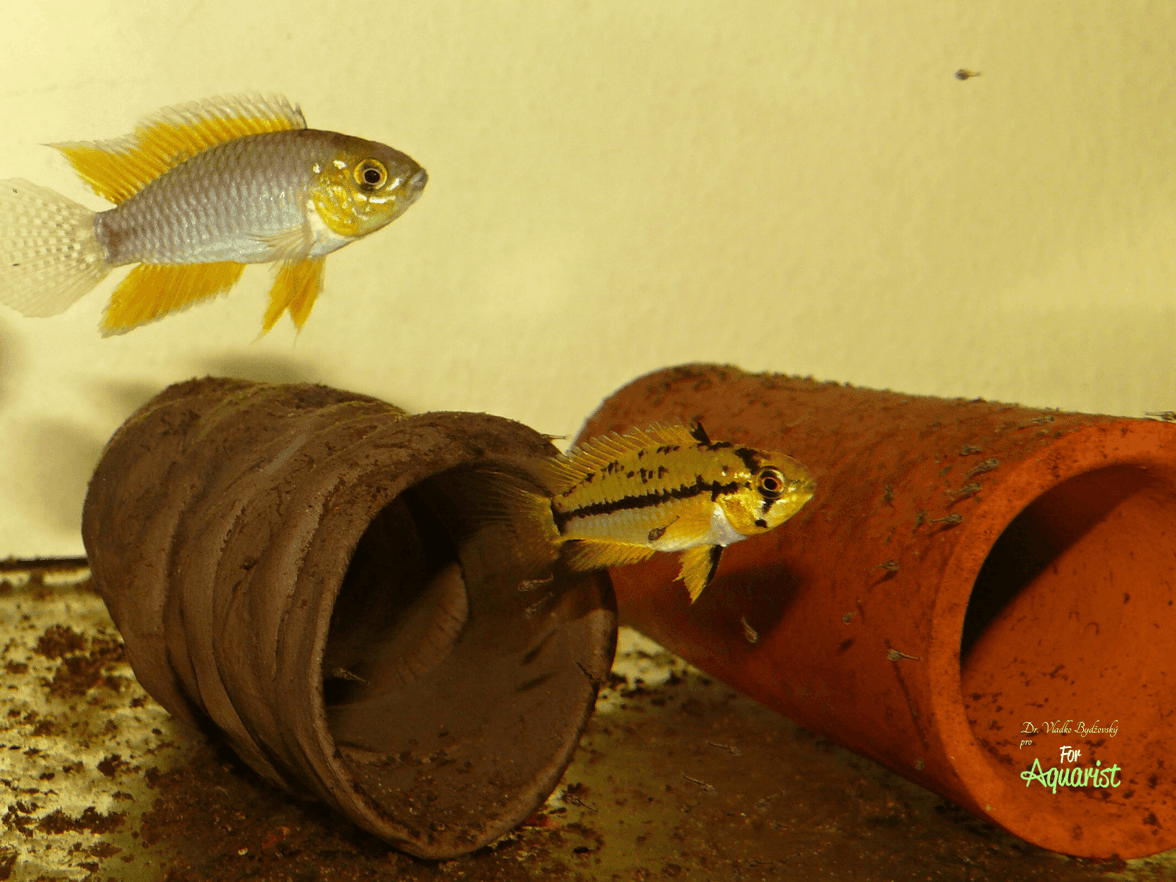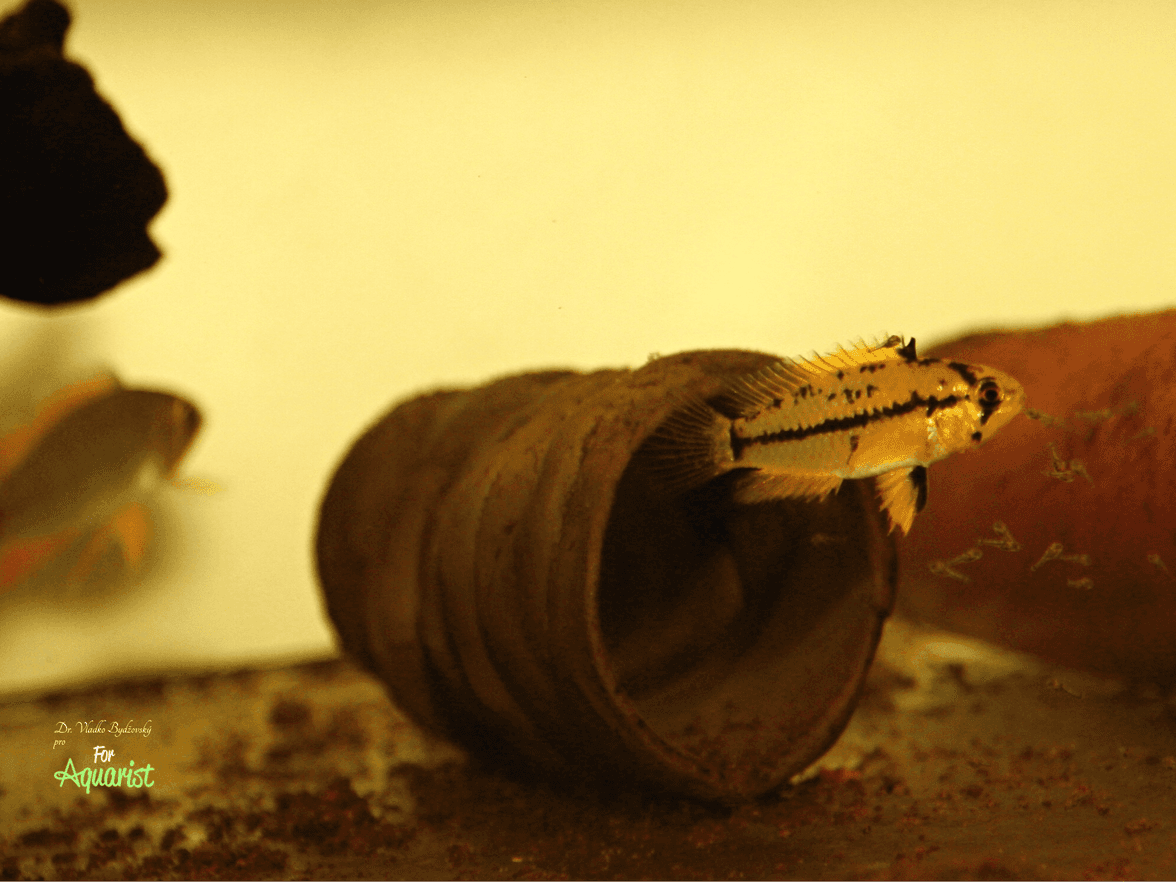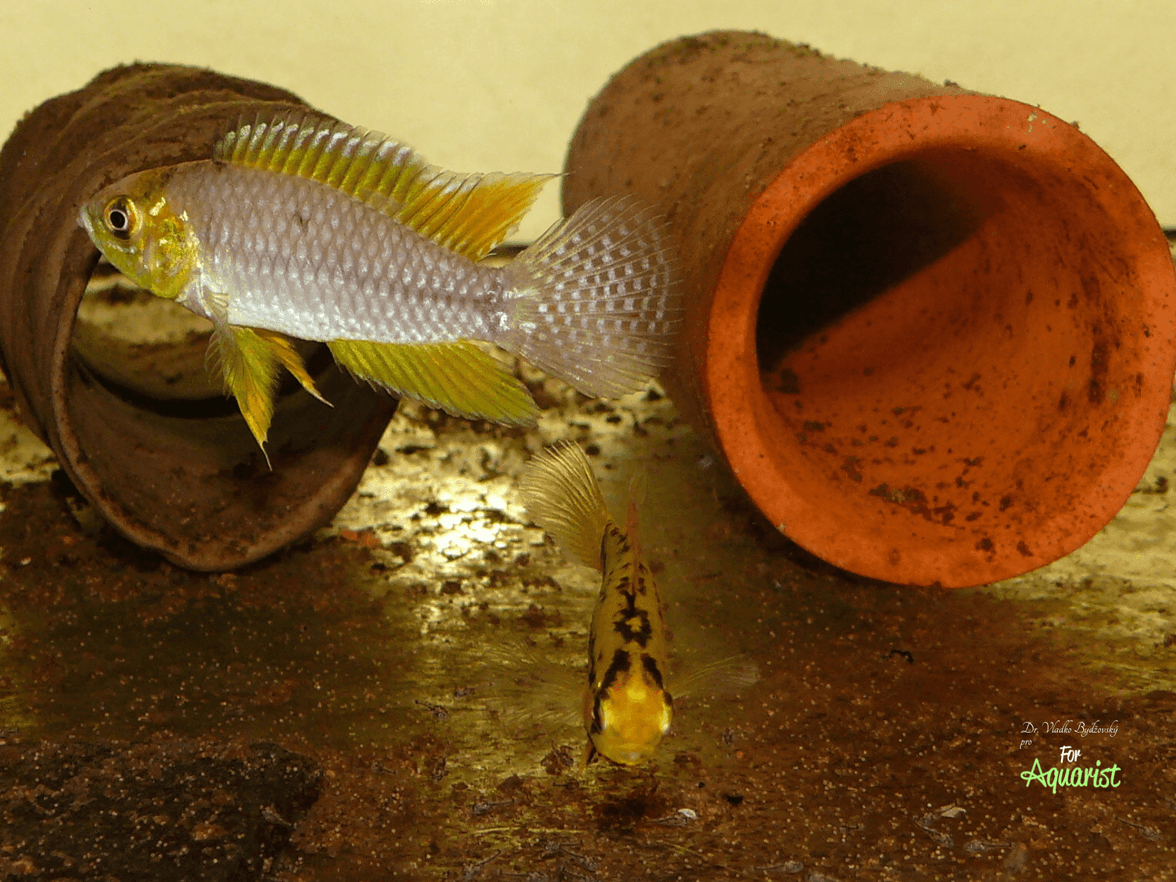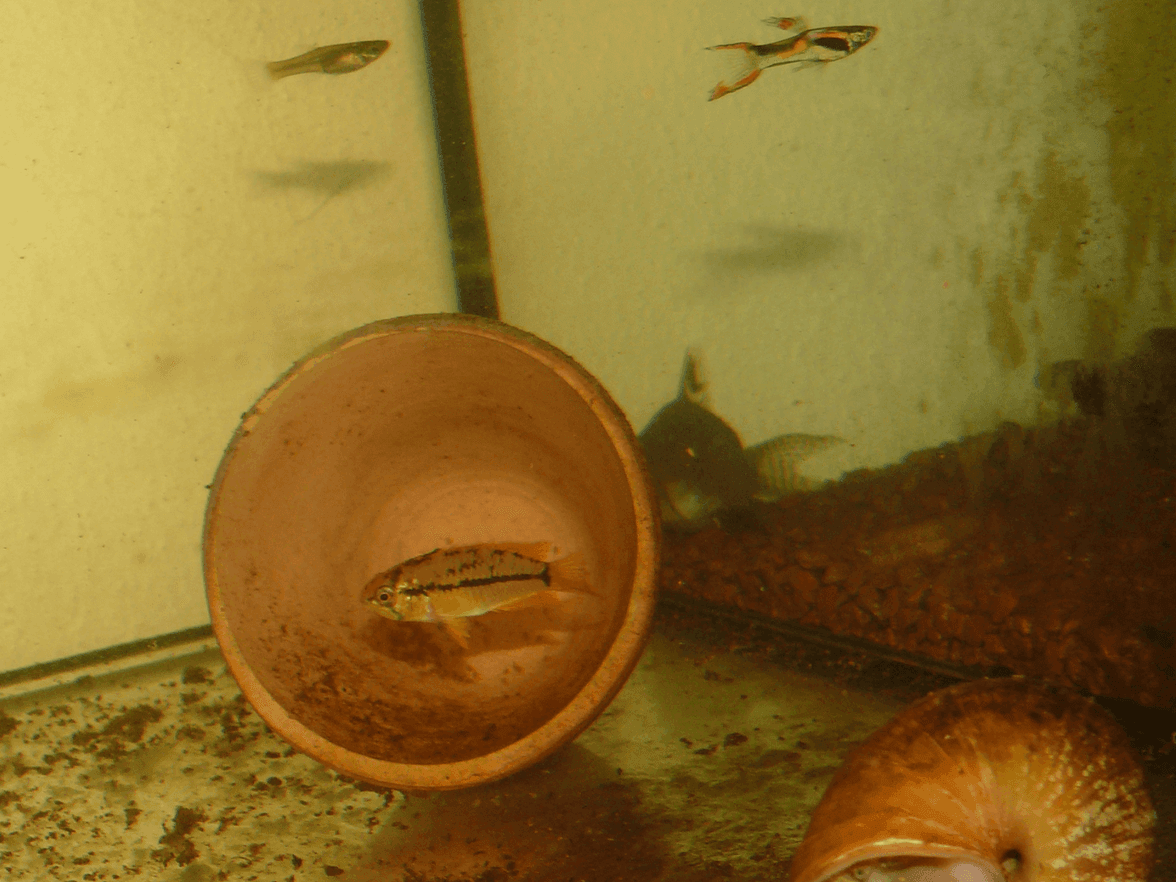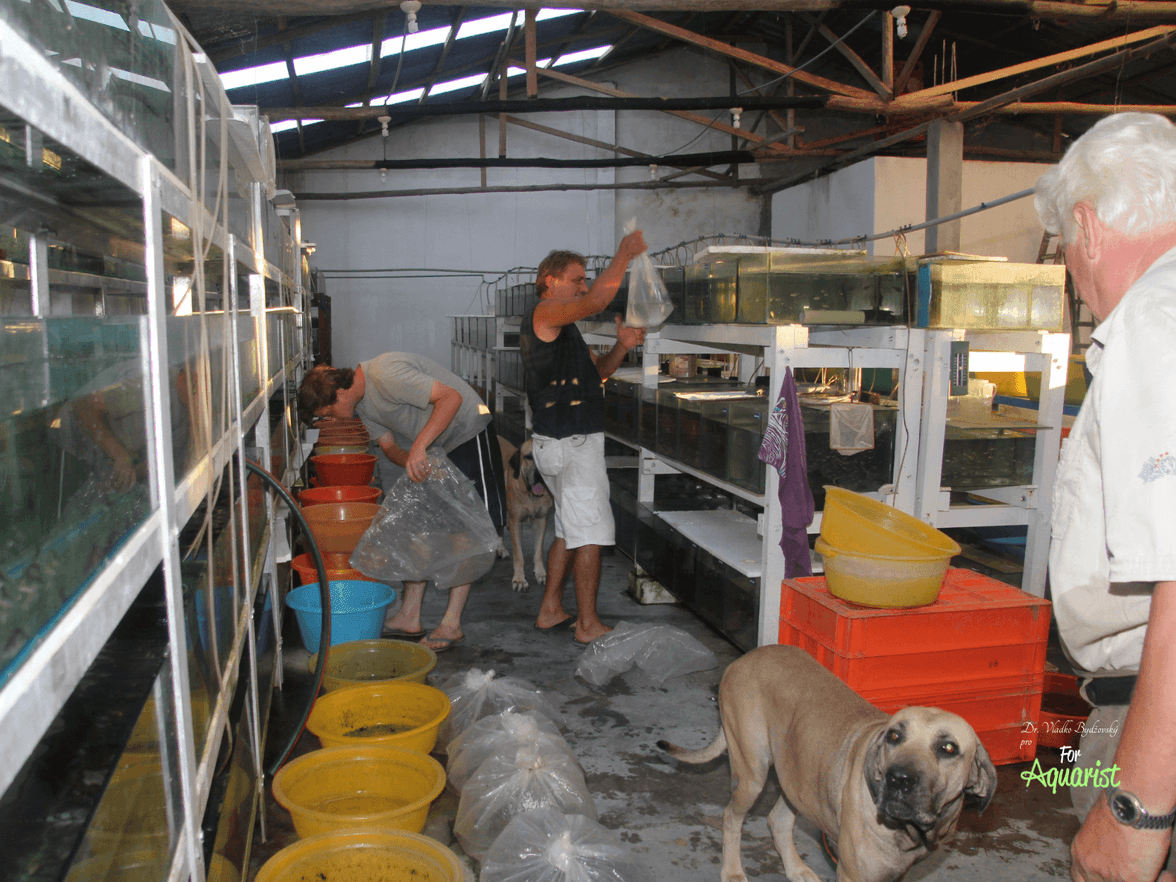Peru is becoming an important source of living treasures for aquarists around the world in recent years. Given the ongoing export restrictions on fish from Brazil, Peruvian populations of both well-known and lesser-known species are gaining significance. Among them stands out a small and unjustly overlooked cichlid from the vicinity of Pucallpa, which delights not only with its beauty but also with its low maintenance. Meet one of the smallest representatives of South American cichlids and its fascinating life in the wild as well as in the aquarium.
Peru offers many beautiful aquarium fish. Due to ongoing problems with fish exports from Brazil, this country with a famous history has many beautiful tetras, catfish, turtles, and cichlids. They have been bred for years, including "the good old" species. Among them is this cichlid from Pucallpa.
Taxonomic classification
The genus Apistogrammoides is monotypic, meaning it has only one species. This name means "similar to Apistogramma." The main difference is the number of hard rays in the anal fin. While the genus Apistogrammoides has 6-9, the genus Apistogramma has 6. They are problem-free fish that are not too demanding regarding water chemistry. In the nomenclature, apistogram is designated A 100.
Characteristics
It belongs to very popular South American cichlids, which are best kept in species tanks. It is a pity that especially in recent years they have been very rarely seen. Perhaps their relatively low price is the reason that breeders are not interested in their breeding. They are omnivores with a preference for small live food. Occasionally, aquarists are saddened by males that often die suddenly during their maturity. Without significant external causes. Females live longer.
Homeland
The fish is found in a relatively large area of South America from the Ucayali River basin near the city of Pucallpa in Peru to the upper Amazon region around the city of Leticia. Thus, in the border area of three countries, Brazil, Peru, and Colombia. It is a resident of white waters with conductivity of 100-500 µS/cm, 4-17°dGH, 5-6°dKH, pH 6.8-7.6, temperature 23-26°C (STAECK 1987, 2003). Here, fish can be caught mainly under carpets of floating plants. The fish was imported to the USA in 1964, and in the early 70s to Germany. Natural populations vary in coloration according to various findings. KULLANDER (1986) caught males in nature measuring 10-27.3 mm, while females measured around 22.8 mm. It is simply a dwarf among cichlids.
Breeding
Fish can be kept in both species and community tanks. Because they establish territories that are up to 50x50 cm for males, we must provide either enough hiding places or, as is often practical with cichlids, place so-called "peaceful fish" in the aquarium. These roommates essentially do not harm and distract the attention of mainly males to other objects rather than just themselves or females of their species.
I most often use guppies Poecilia wignei, which are undemanding and adapt well to water parameters that are ideal for cichlids. It is very practical when they are accompanied by small South American tetras, such as Paracheirodon innesi, Paracheirodon axelrodi, members of the genus Hyphessobrycon or Hemigrammus, as well as some small invertebrates.
The bottom of the tank should be arranged with fine sandy gravel of 3-5 mm grain size, which provides good protection for similarly colored newly swimming cichlids. Quality filtration is also necessary; a too strong water current is not suitable. Many professional aquarists keep these fish separately in a tank – either in pairs, then usually a 10-20 liter tank with a tube or a flowerpot is sufficient.
If we want to keep more females together, we place tubes at least 30-40 cm apart so that the females do not attack each other. The tank does not need to have a high water column; 15-20 cm is sufficient. More importantly, the main area of the bottom should have enough hiding places.
Raising young
Care for the offspring of this species is interesting and not too demanding for those who know what it is about with cichlids. I think that the male of this species does not tend to be too polygamous. It is ideal to keep and breed the fish in pairs. The female takes very good care of the brood and the hatched fry. It is better to let the young be raised by the female. Although the number of young is smaller, we will obtain higher quality individuals. The starter food is fine powder or small artemia nauplii, and as the cichlids grow, we add larger feed.
Images:
- A pair of cichlids from Pucallpa, sexual dimorphism is clearly expressed, males are larger and beautifully colored.
- Females of South American cichlids are all quite similar. For laymen, they are usually indistinguishable.
- Calm coloration of the male.
- The female takes great care of the brood.
- Some females prefer to spawn in flowers, others in ordinary ceramic tubes.
- During courtship, the male colors very distinctly.
- The female cares for the fry, while the male mostly guards the surroundings.
- As peaceful fish, guppies Poecilia wignei are suitable. Also because they do not prey on their young.
- The company today, already the late Martin Mortenthaler in Iquitos, exported fish worldwide.
